Have you ever watched your beloved dog suddenly growl, snap, or cower when faced with something new or unfamiliar? The mix of confusion, worry, and heartbreak is all too real for dog lovers. Fear aggression in dogs is a surprisingly common, yet deeply misunderstood behavior. It’s not about a “bad” dog—it’s about a scared one trying to protect itself. If you’ve ever wondered if your dog’s outbursts are more about fear than fury, you’re not alone. Let’s dive into the 8 telltale signs of fear aggression in dogs, and discover 10 compassionate ways to help them feel safe and secure again.
Sudden Stiffening of the Body
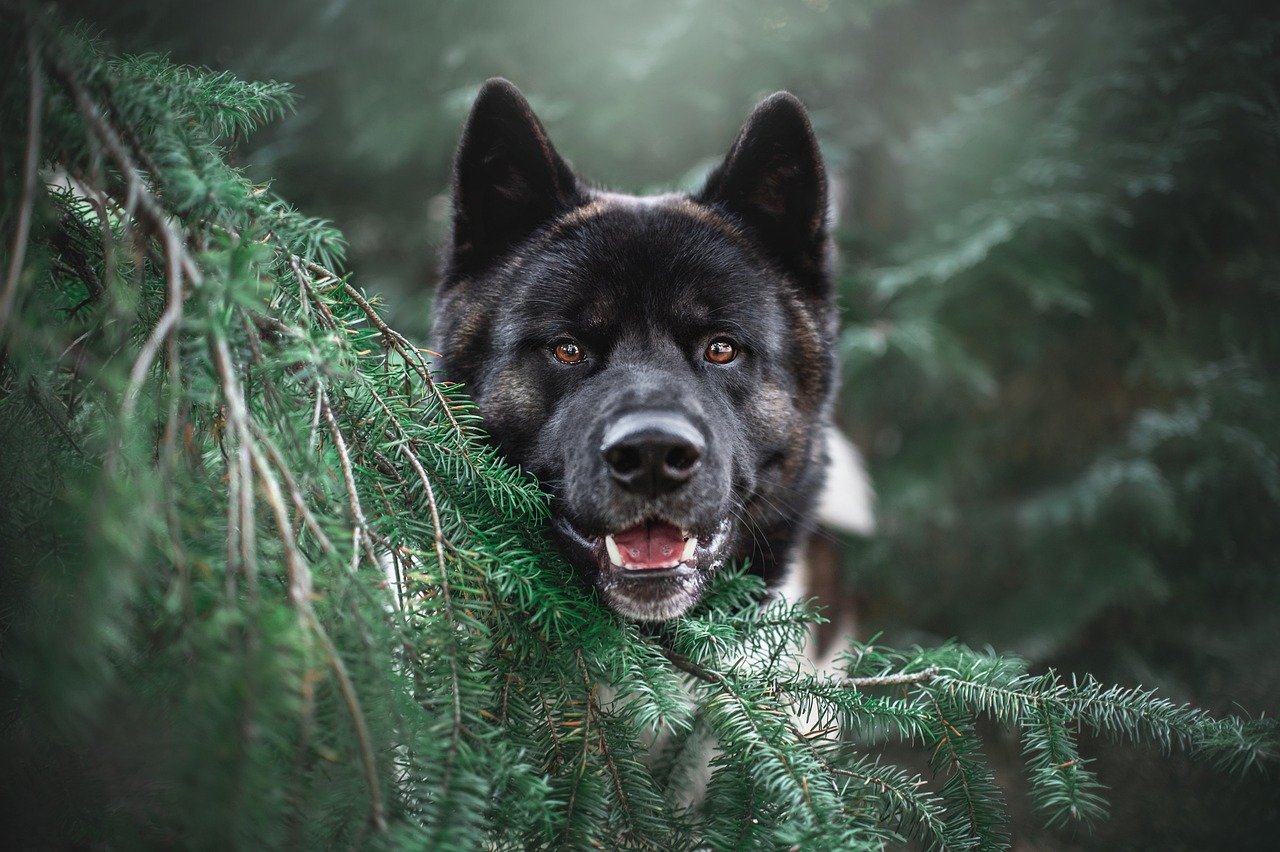
One of the first and most noticeable signs of fear aggression in dogs is when their entire body goes rigid. Picture a dog that seems to freeze like a statue, muscles tensed and eyes wide. This is not just a pause; it’s a warning signal that your dog feels threatened and is preparing to defend itself if necessary. Often, this stiffening happens in response to a specific trigger, such as a stranger approaching or an unfamiliar noise. Many owners miss this subtle cue, thinking the dog is just being alert. However, a stiff body is your dog’s way of saying, “I’m scared, and I might react if pushed.” Recognizing this sign early can help prevent escalation into growling or biting.
Growling and Snarling
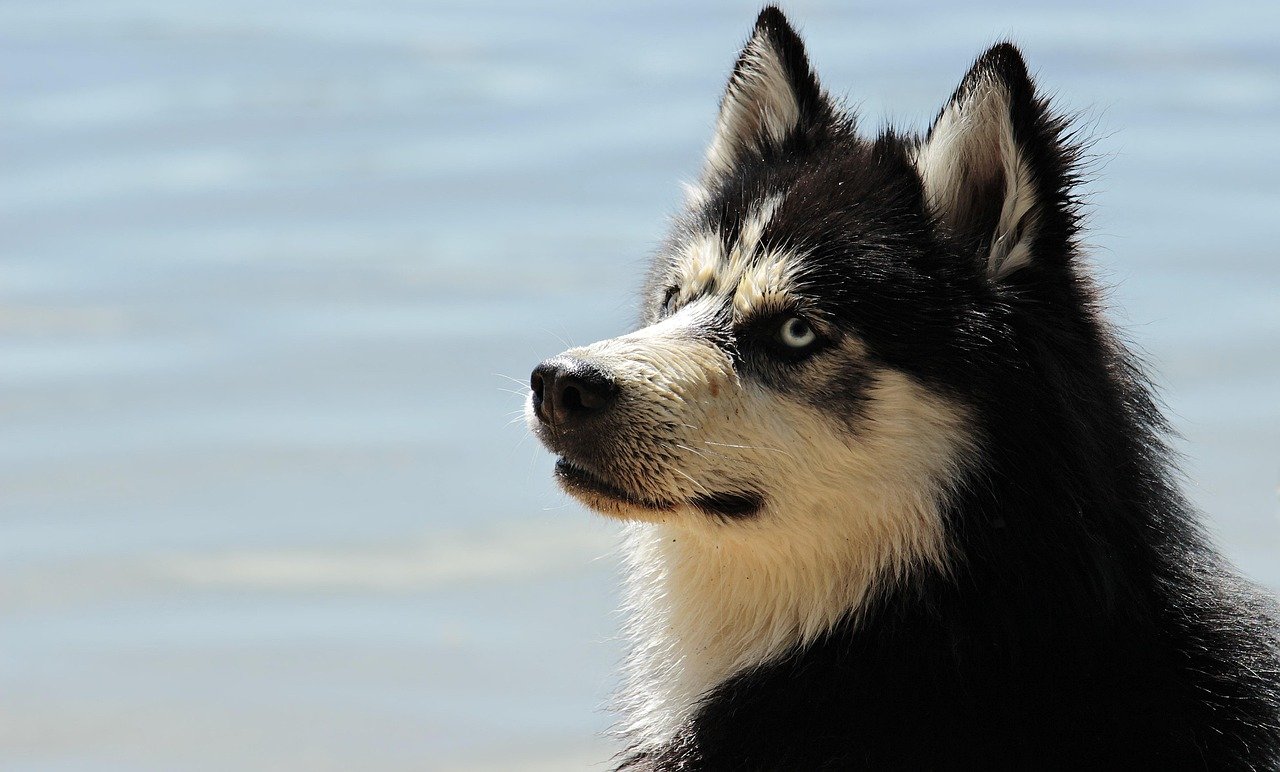
Growling is a dog’s way of communicating discomfort or fear before resorting to more extreme measures. While it might sound menacing, a growl is actually a helpful warning—a plea for space. When a dog snarls, lips curled and teeth bared, it’s not being mean for fun. Dogs resort to this when they feel cornered or see no escape. Unfortunately, many well-intentioned owners punish growling, which can backfire by teaching dogs to skip warnings and go straight to biting. Instead, view growling as a valuable insight into your dog’s emotional state, and try to address what is making them so anxious.
Cowering or Attempting to Hide
A fearful dog will often try to make itself as small and invisible as possible. You might see your dog lowering its body, tucking its tail, flattening its ears, or even seeking refuge behind furniture. This cowering is a classic sign of fear aggression brewing beneath the surface. Dogs who feel unsafe may choose flight first, but if escape isn’t possible, they might switch to fight mode. Pay close attention to your dog’s body language during stressful situations—sometimes, the urge to hide is their way of telling you they need help, not discipline.
Lunging Toward the Perceived Threat
Lunging is a dramatic and alarming sign of fear aggression. When a dog suddenly darts forward, barking or snapping, it’s easy to mistake this for dominance or hostility. But in many cases, lunging is a last-ditch effort to put distance between themselves and something they fear. The dog hopes that by making a big show, the scary thing will back off. This behavior is especially common on leash, where the dog feels trapped and unable to escape. Understanding the root cause—the fear—helps you respond with empathy rather than frustration.
Excessive Barking or Whining
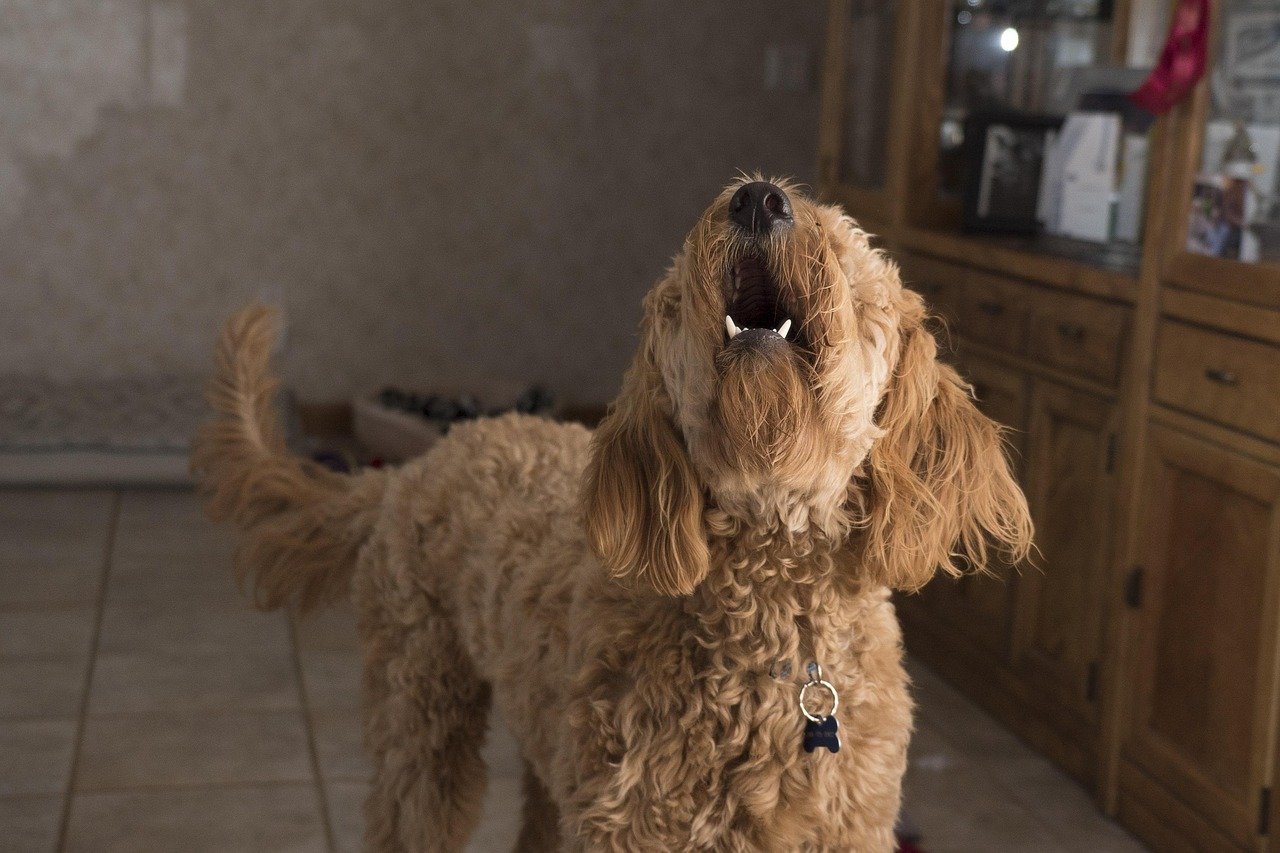
Vocalizations like barking or whining are another way dogs express their anxiety. Fearful barking is often high-pitched, rapid, and directed at a specific person, animal, or object. Unlike excited barking, fear-driven barking is persistent and may be accompanied by other stress signals, such as pacing or panting. Whining, on the other hand, can sound pitiful and desperate, as if your dog is pleading for reassurance. Both sounds are your dog’s way of asking for help or trying to ward off what scares them. Tuning in to these vocal cues can help you intervene before things escalate.
Showing the Whites of the Eyes (“Whale Eye”)
Many dog owners overlook this subtle but telling sign: the “whale eye.” When a dog turns its head away but keeps its eyes fixed on a threat, you’ll see the whites of its eyes. This sideways glance is a clear signal that the dog is nervous and on high alert. It often precedes more obvious fear aggression signs, like growling or snapping. Dogs use this look as a way to monitor the threat while trying to avoid direct confrontation. If you spot the whale eye, it’s a good idea to remove your dog from the situation before things get worse.
Raised Hackles

Another physical cue to watch for is the raised fur along the dog’s back, known as hackles. This involuntary reaction occurs when a dog’s adrenaline surges in response to fear or stress. Raised hackles can make a dog appear larger and more intimidating to whatever is scaring them. While not all dogs with raised hackles will become aggressive, it’s a definite warning sign that your pup is feeling threatened. Combine this with other body language cues, and you’ll have a clearer picture of your dog’s emotional state.
Snapping or Biting
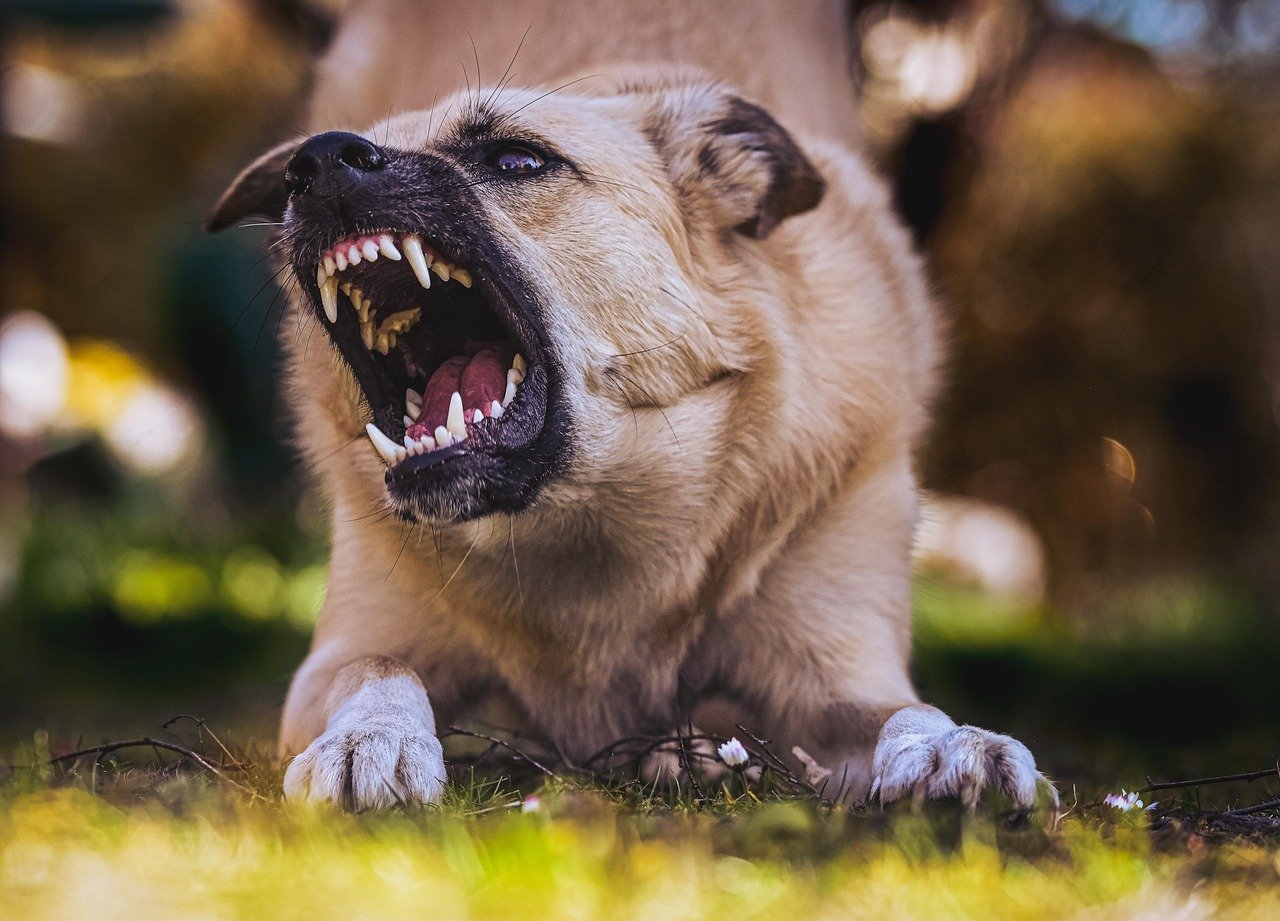
The most serious sign of fear aggression is when a dog resorts to snapping or biting. This is a last resort, used when all other warning signals have been ignored or misunderstood. Dogs do not bite without reason—if your dog has reached this point, it means they have exhausted all other coping mechanisms. Snapping is often just an air bite, a final warning, but it can quickly escalate to an actual bite if the dog feels there’s no escape. It’s crucial to address the underlying fear early to prevent this outcome.
Understanding the Root of Fear Aggression
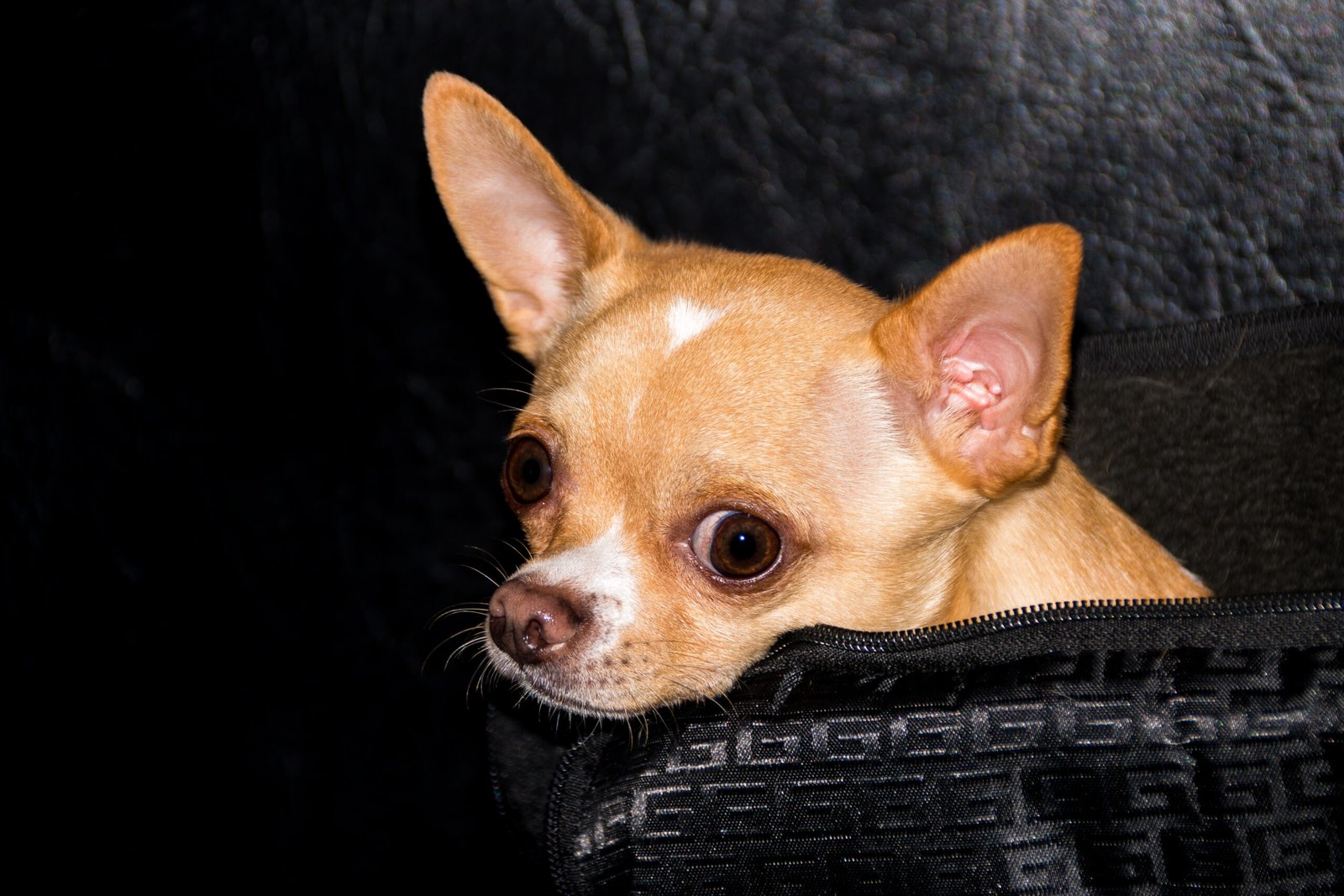
To manage fear aggression, it’s essential to understand where it comes from. Often, dogs develop these behaviors due to past trauma, lack of socialization, or negative experiences. Some are genetically predisposed to be more anxious or sensitive. For instance, a puppy that was not exposed to a variety of people, animals, and environments during its critical development phase may grow into a fearful adult. Likewise, a rescue dog may carry scars from previous abuse. By identifying the root cause, you can tailor your approach and offer the support your dog truly needs.
Recognizing Triggers in Everyday Life
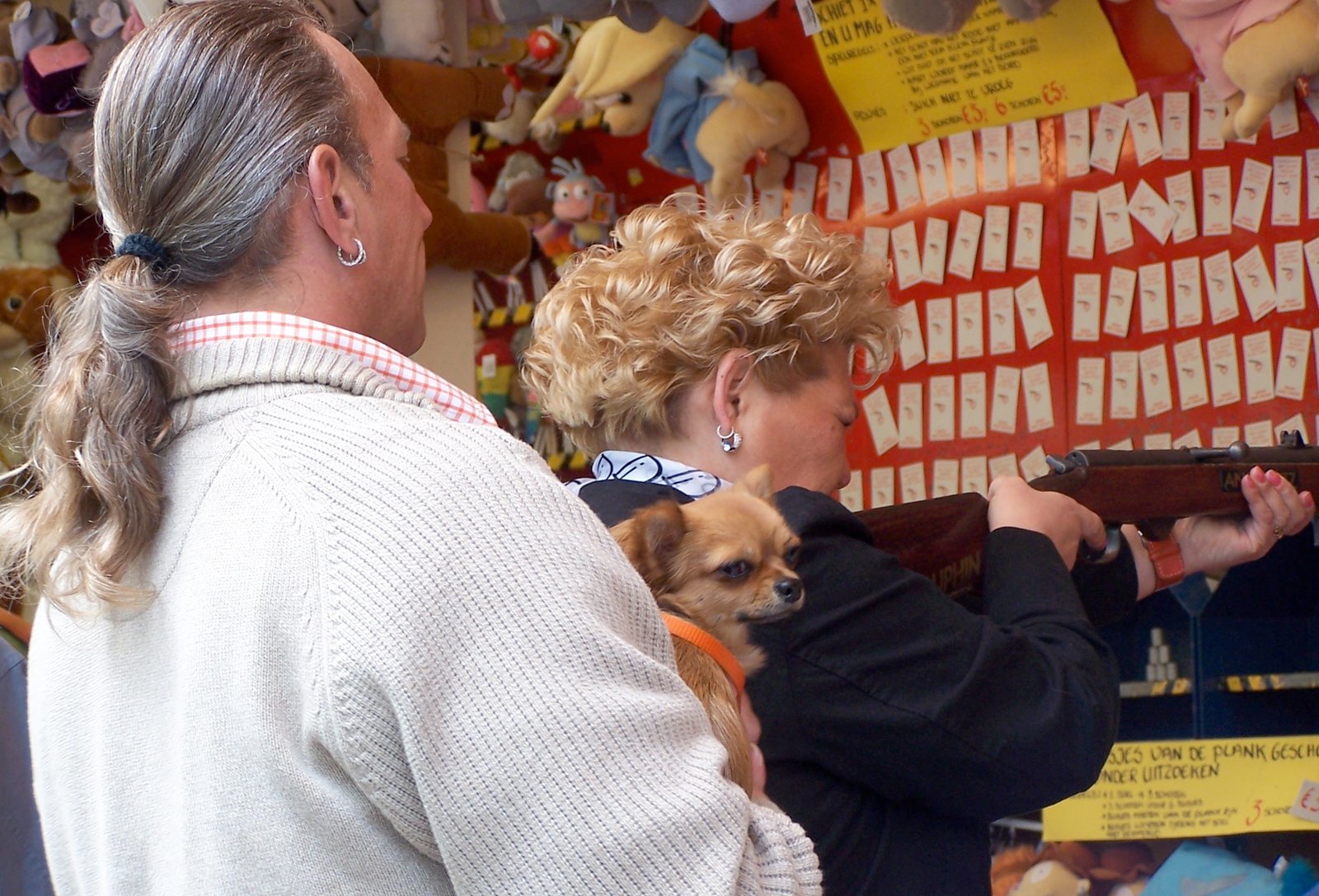
Every dog has unique triggers that spark fear aggression. Common ones include unfamiliar people, loud noises, other animals, or even specific objects like hats or vacuum cleaners. Observing your dog closely in different situations can help you identify patterns. Maybe your dog becomes tense around men but is fine with women, or perhaps the sight of another dog on a walk brings out their defensive side. Keeping a journal of your dog’s reactions can be surprisingly helpful in pinpointing these triggers and preventing future incidents.
The Importance of Early Intervention
Addressing fear aggression early can make a world of difference. The longer these behaviors go unchecked, the more ingrained they become. Early intervention might involve simple changes, like avoiding known triggers or creating a safe space at home. Training and positive reinforcement are crucial at this stage. If you notice any of the signs described above, don’t wait until your dog bites—start working on building their confidence and trust right away.
Building Trust Through Consistency
Trust is the foundation of any healthy relationship, and it’s especially important for fearful dogs. Consistency in your actions, routines, and responses helps your dog feel secure. Avoid sudden changes in schedule or environment whenever possible. Use a calm voice and predictable body language. Over time, your dog will learn that you are a source of safety, not threat. This trust can dramatically reduce fear-driven outbursts and help your dog relax.
Creating Safe Spaces at Home

Every dog needs a place where they can retreat and feel protected. For dogs with fear aggression, this safe space is essential. Set up a cozy bed or crate in a quiet area of your home, away from high-traffic zones. Let your dog choose when to use it—never force them in or out. Fill the area with comforting items like favorite toys or a worn T-shirt with your scent. Respecting your dog’s need for downtime can help them reset after stressful encounters.
Using Positive Reinforcement Techniques
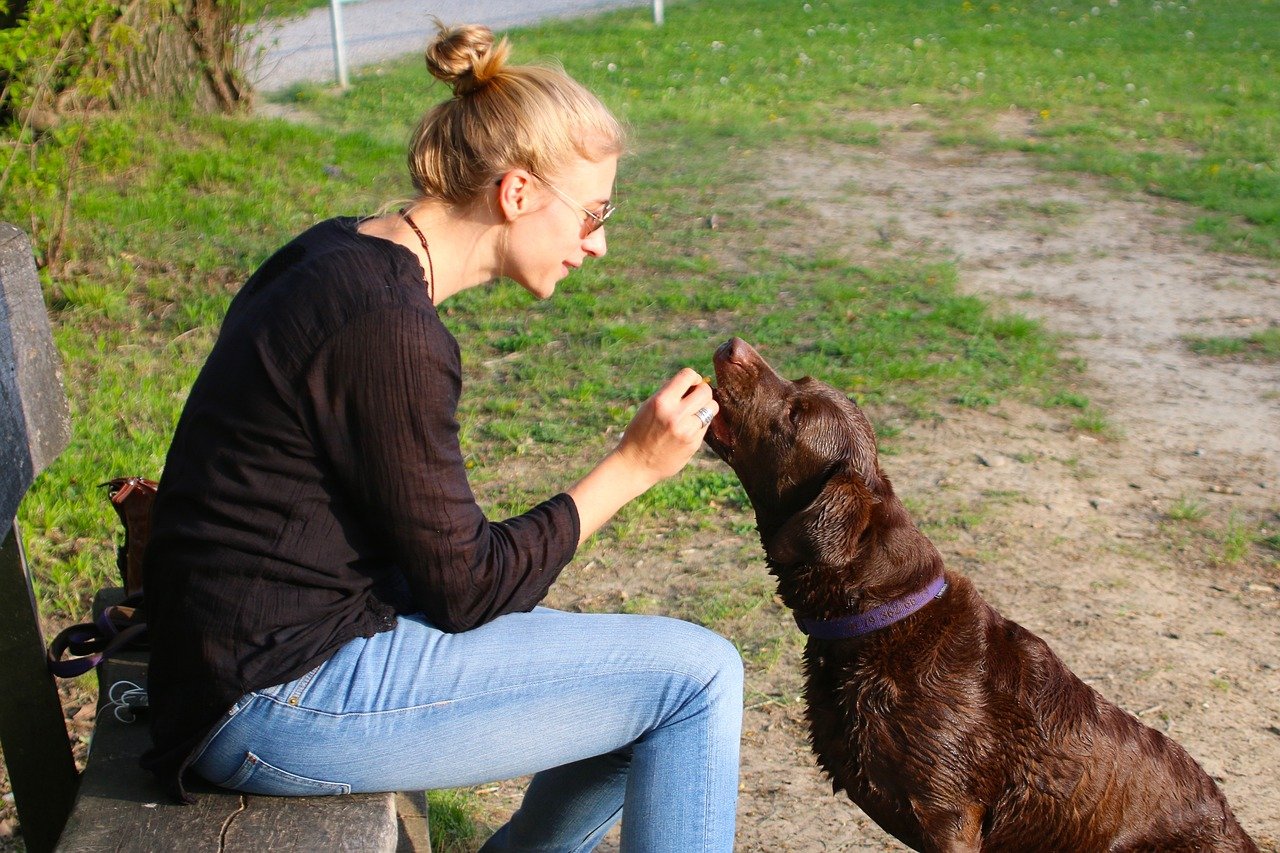
Punishing a fearful dog only makes things worse. Instead, focus on rewarding calm, confident behavior. Use treats, praise, or toys to reinforce your dog when they choose to relax or ignore a trigger. For example, if your dog stays calm when someone walks past the house, offer a treat. Over time, your dog will associate the presence of triggers with good things, rather than fear. This approach builds confidence and reduces the likelihood of aggressive reactions.
Desensitization and Counter-Conditioning
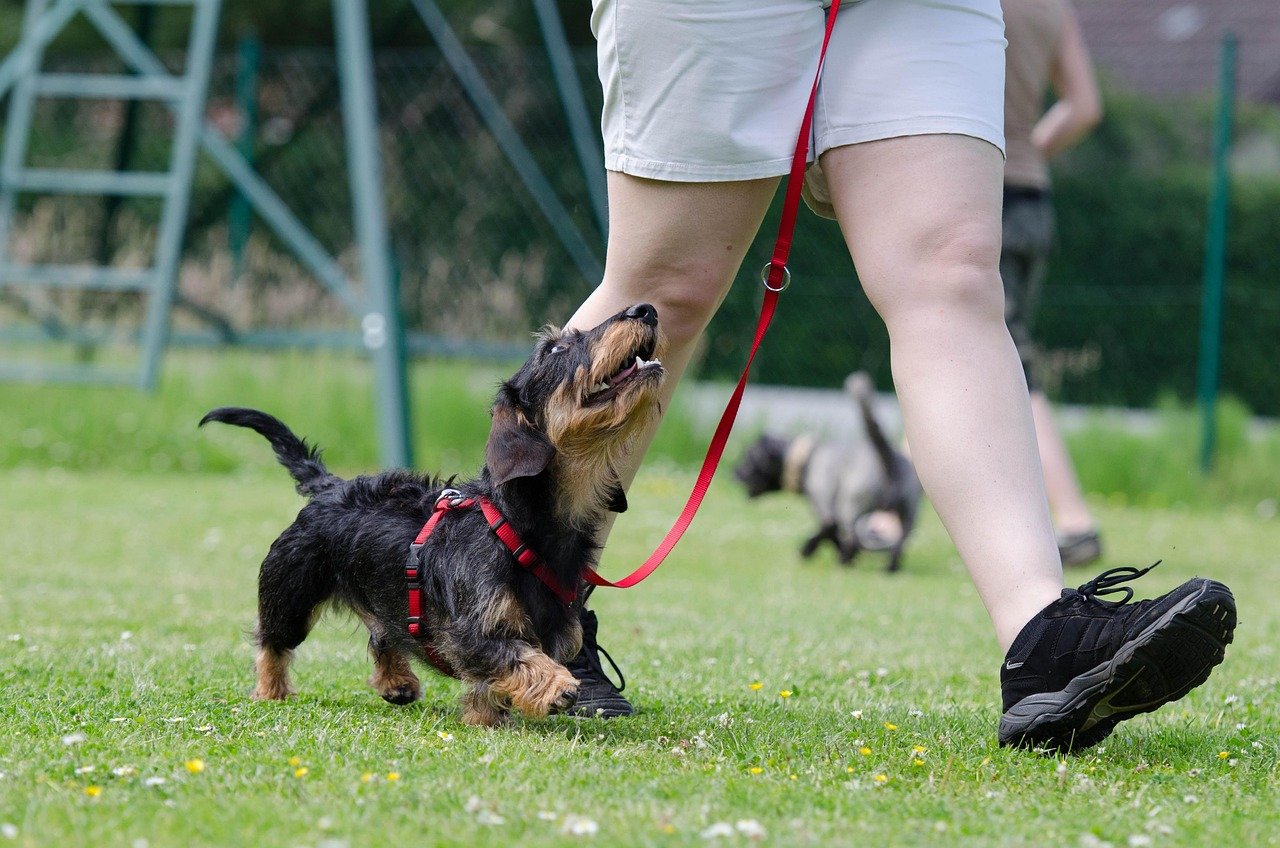
These two training strategies are powerful tools for managing fear aggression. Desensitization involves gradually exposing your dog to their trigger at a low intensity, while counter-conditioning pairs the trigger with something positive, like treats or playtime. For example, if your dog fears men in hats, start by having a man stand far away while feeding your dog treats. Gradually decrease the distance as your dog becomes more comfortable. This slow, controlled exposure can help rewire your dog’s emotional response.
Practicing Calm Leadership
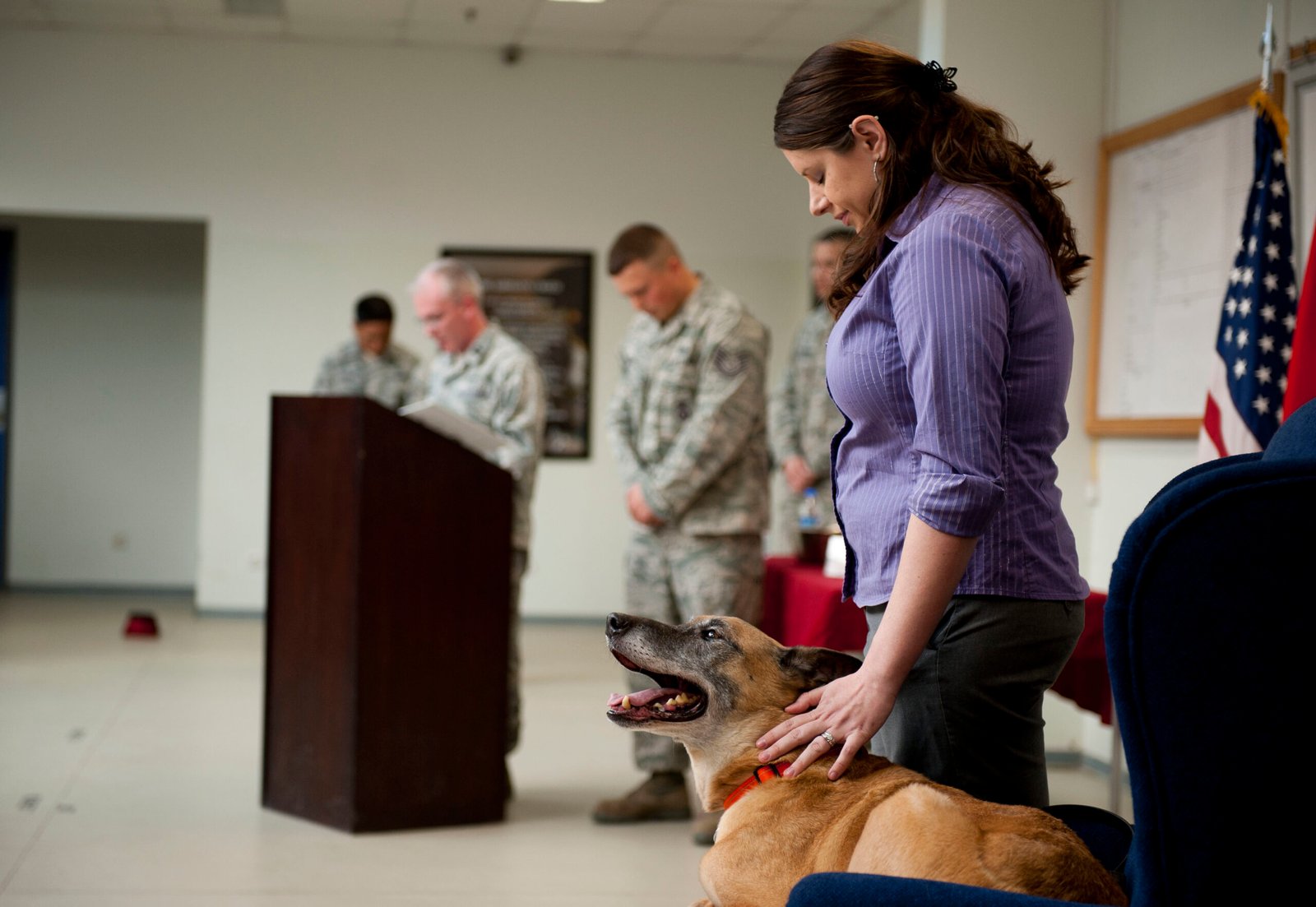
Dogs look to their owners for cues on how to react. If you remain calm and assertive in the face of a trigger, your dog is more likely to mirror your behavior. Avoid yelling, jerking the leash, or panicking when your dog shows signs of fear aggression. Instead, use a steady voice, relaxed posture, and confident demeanor. Leadership isn’t about dominance—it’s about providing guidance and reassurance. Your calm energy can be a powerful antidote to your dog’s anxiety.
Using Management Tools and Aids

Sometimes, extra support is needed to keep everyone safe. Management tools like head halters, no-pull harnesses, or muzzles (when properly introduced) can prevent accidents while you work on behavior modification. Baby gates or playpens can help separate your dog from triggers inside the home. Remember, these tools are not punishments—they are protective measures to give your dog time to heal. Always use them humanely, and never as a substitute for training and patience.
Seeking Professional Help When Needed
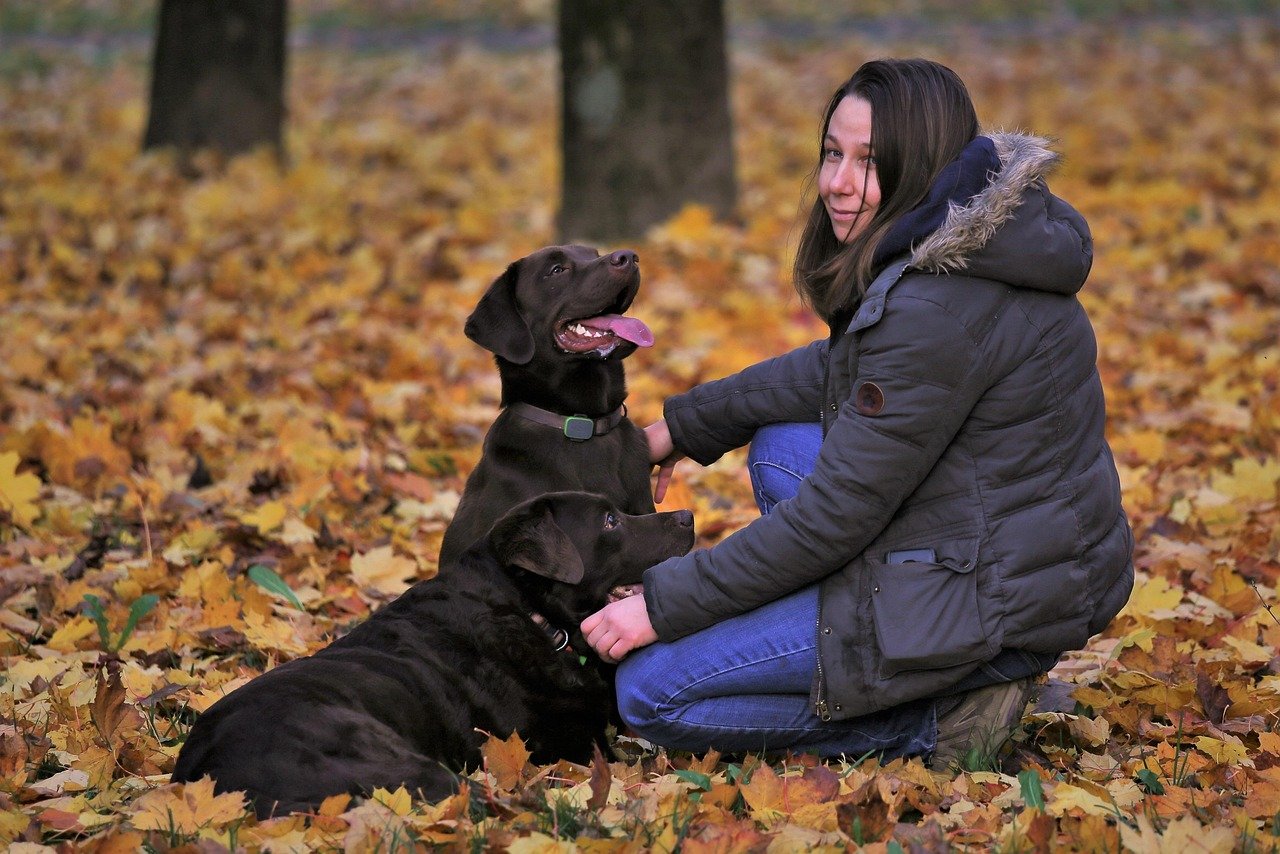
If your dog’s fear aggression is severe or not improving, don’t hesitate to seek help from a qualified professional. Veterinary behaviorists, certified trainers, and animal behaviorists have the expertise and experience to guide you through a customized behavior plan. They can assess your dog’s specific needs, rule out underlying medical issues, and offer hands-on support. Asking for help is not a sign of failure—it’s an act of love and responsibility.
Patience and Progress Over Perfection
Managing fear aggression is a journey, not a quick fix. Progress may be slow, and setbacks are normal. Celebrate every small victory, whether it’s your dog tolerating a new visitor or simply relaxing on a walk. Remember, your dog is doing their best to cope with a scary world. Your patience, empathy, and consistent support can make all the difference. What would your dog say if they could thank you for never giving up?






